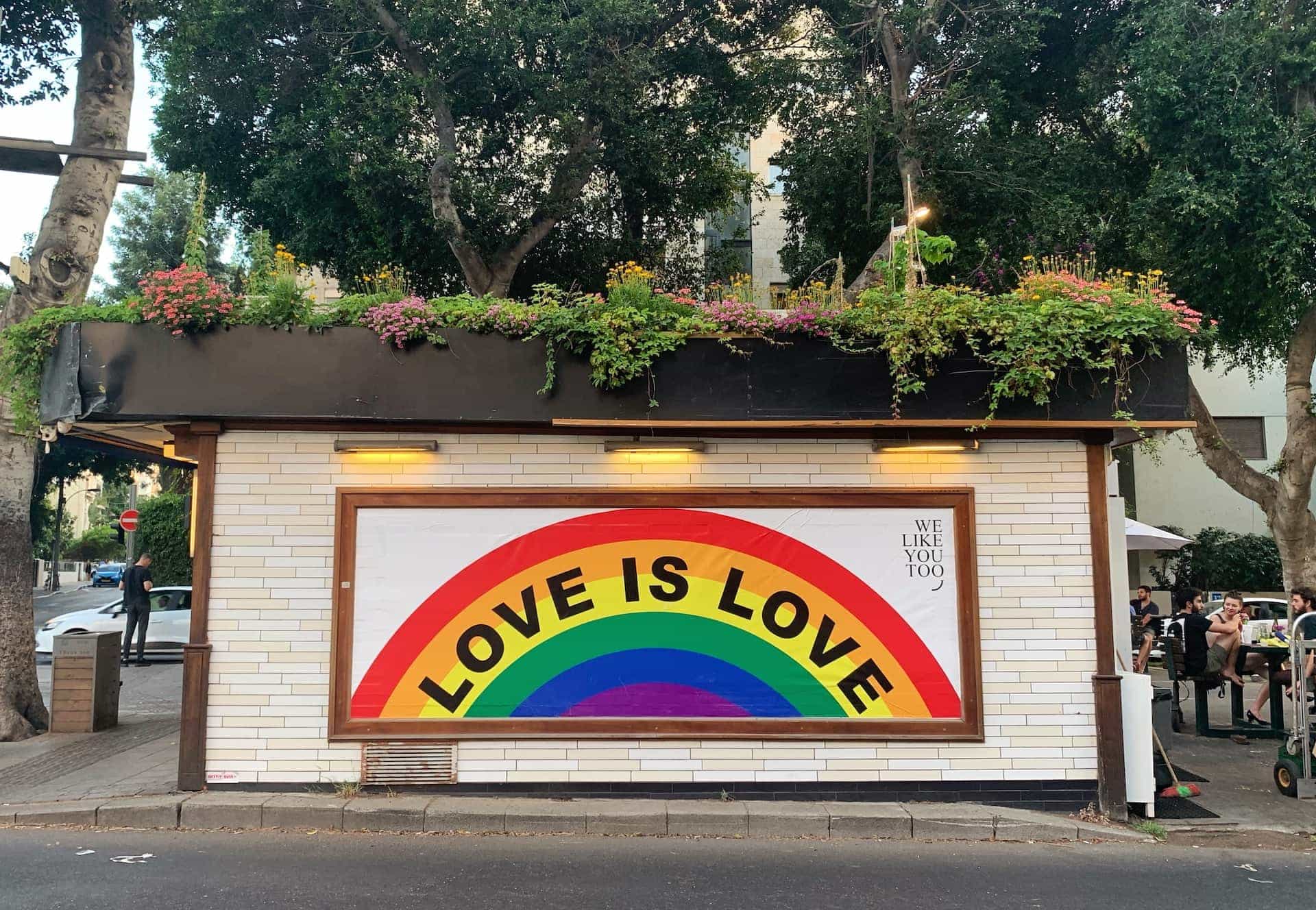Learn how to become a better LGBTQ+ ally with practical steps for support. Educate yourself, challenge biases, and take meaningful action to create inclusivity.
Being an ally to the LGBTQ+ community means actively supporting and advocating for equal rights, acceptance, and inclusivity. It involves educating yourself, challenging biases, and taking meaningful action. In this guide, we will explore practical steps you can take to become a better ally to the LGBTQ+ community.
6 Tips On How To Become A Better LGBTQ Ally:
1. Educate Yourself
Understand LGBTQ+ Terminology:
To become a more effective ally to the LGBTQ+ community, it is crucial to understand the terminology related to gender identity, sexual orientation, and LGBTQ+ issues. By familiarizing yourself with these terms, you can communicate more respectfully and create a welcoming environment.
Here are a few key terms to get you started:
- Sexual Orientation:
- Gay: Refers to individuals who are primarily attracted to individuals of the same gender.
- Lesbian: Describes women who are primarily attracted to other women.
- Bisexual: Refers to individuals who are attracted to both men and women.
- Pansexual: Describes individuals who are attracted to people of all gender identities.
- Gender Identity:
- Transgender: Individuals whose gender identity does not align with the sex they were assigned at birth.
- Non-binary: Individuals who do not exclusively identify as male or female.
- Genderqueer: Describes individuals who reject traditional gender identities and embrace fluid or non-conforming gender expressions.
- LGBTQ+ Terminology:
- Coming out: The process of revealing one’s sexual orientation or gender identity to others.
- Ally: A person who supports and advocates for the rights and well-being of the LGBTQ+ community.
- Cisgender: Describes individuals whose gender identity aligns with the sex they were assigned at birth.
- Pronouns:
- He/Him: Typically used by individuals who identify as male.
- She/Her: Typically used by individuals who identify as female.
- They/Them: Gender-neutral pronouns used by non-binary individuals or those who prefer them.
Remember, this is just a small sample of LGBTQ+ terminology. It’s important to continually educate yourself, as language and terminology can evolve over time. Respectful usage of correct terms shows that you are knowledgeable and supportive, fostering a more inclusive and affirming environment for LGBTQ+ individuals.
Learn LGBTQ+ History:
Educate yourself about the struggles, milestones, and achievements of the LGBTQ+ community. Recognize the challenges they face and understand the importance of their fight for equality.
2. Listen and Learn:
Amplify LGBTQ+ Voices:
Seek out and listen to diverse LGBTQ+ voices. Read books, blogs, and articles by LGBTQ+ authors and activists to gain different perspectives and insights.
Be Open to Feedback:
Accept feedback graciously and use it as an opportunity for growth. Understand that you may make mistakes along the way, and being open to learning from them is crucial.
3. Challenge Biases and Stereotypes:
Reflect on Your Assumptions:
Examine your own biases and stereotypes about gender and sexual orientation. Question and challenge these assumptions to promote a more inclusive mindset.
Speak Up Against Homophobia and Transphobia:
Challenge discriminatory comments or actions when you encounter them, even if they are subtle. By actively addressing prejudice, you contribute to a safer and more inclusive environment.
4. Support LGBTQ+ Rights:
Advocate for Equal Rights:
Speak out in support of laws and policies that promote equal rights for the LGBTQ+ community. Write to your representatives, sign petitions, and participate in peaceful demonstrations to advocate for change.
Support LGBTQ+ Organizations:
Donate your time, resources, or funds to LGBTQ+ organizations that provide support, resources, and advocacy for the community. Help create spaces where LGBTQ+ individuals can thrive.
5. Foster Inclusive Spaces:
Be Mindful of Language and Pronouns:
Use gender-neutral language and respect individuals’ pronouns. Avoid making assumptions based on appearance or stereotypes.
Create Safe and Welcoming Environments:
Ensure your workplace, social circles, and communities are inclusive and supportive. Advocate for policies and practices that protect LGBTQ+ individuals from discrimination.
6. Recognize Intersectionality:
Understand Diversity Within the LGBTQ+ Community:
Recognize that individuals within the community have unique experiences based on their race, ethnicity, religion, disability, and other identities. Learn about these intersections and support inclusivity for all.
Conclusion
Becoming a better ally to the LGBTQ+ community is an ongoing journey that requires continuous education, introspection, and action. By actively challenging biases, advocating for equal rights, and fostering inclusive spaces, you contribute to creating a world where everyone is respected, accepted, and celebrated for who they are. Remember, being an ally means standing together with the LGBTQ+ community, amplifying their voices, and working towards a more just and inclusive society.

